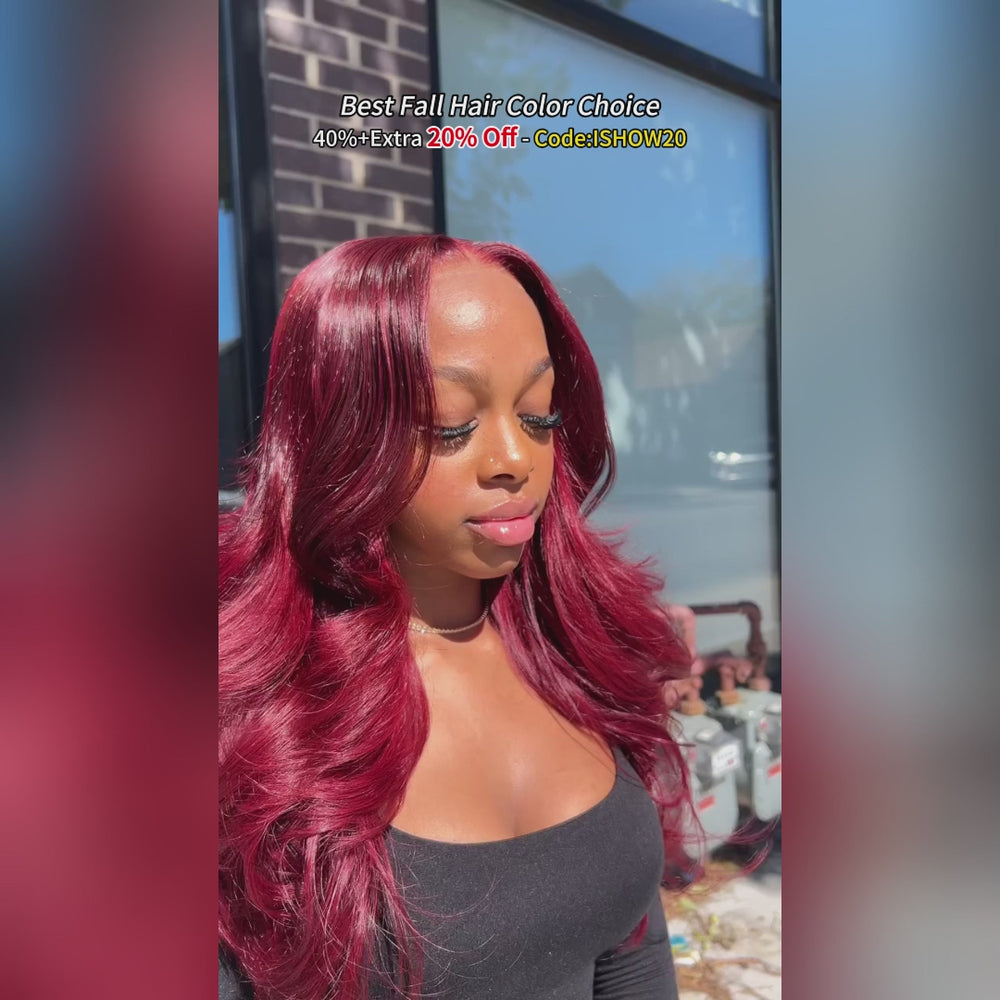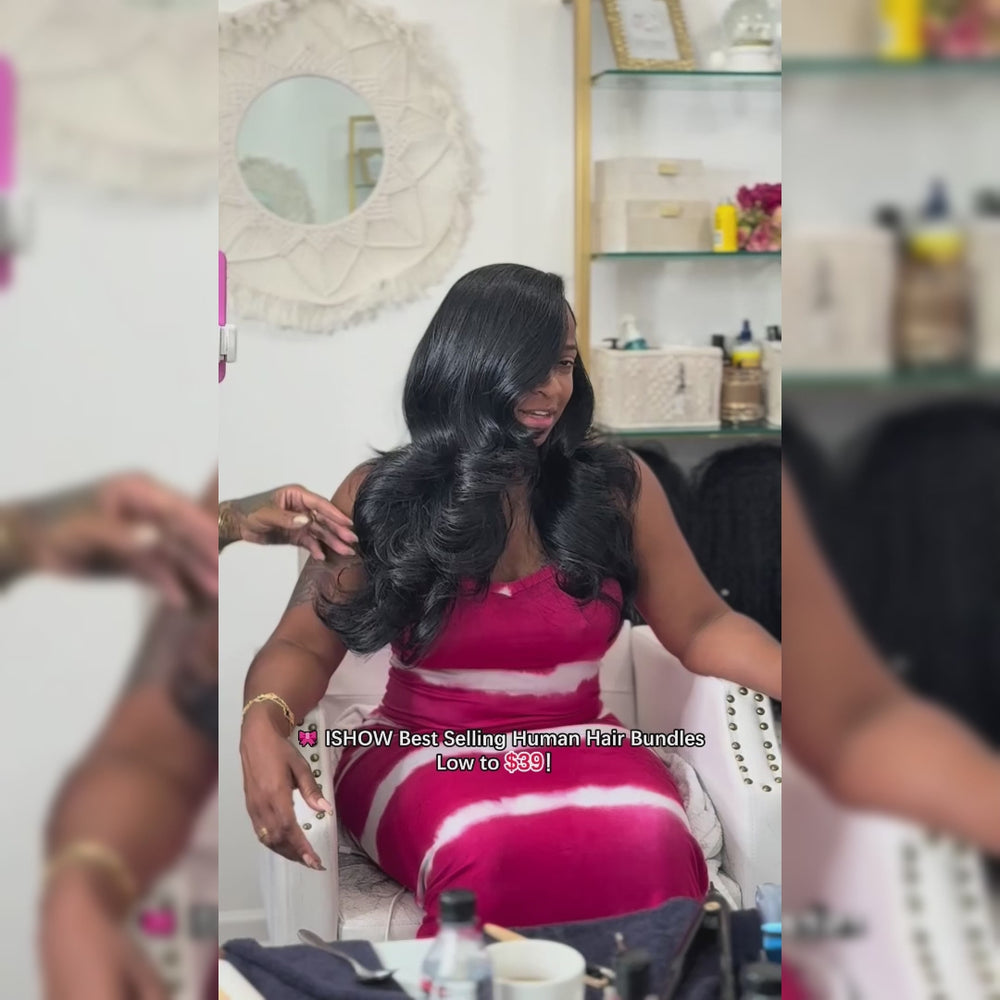How to Secure a Wig Properly?
Wearing a wig can change your look, cover thinning hair, or add volume and length to your natural hair. However, one of the most crucial aspects of donning a wig is ensuring that it stays securely in place throughout the day. Nothing is more frustrating (or embarrassing) than having your wig shift or slip off unexpectedly. Fortunately, there are several tried-and-true methods to secure your wig properly, ensuring a comfortable fit and a natural-looking appearance that will boost your confidence.
Placing a Wig Cap Properly
A wig cap serves as a barrier between your natural hair and the wig, creating a smooth surface for the wig to sit on. It also helps to grip the wig in place and prevents any lumps or bumps from showing through. To put on a wig cap correctly, start by brushing your natural hair and ensuring it's detangled. Then, gather your hair into a low ponytail or bun at the nape of your neck. Next, slip the wig cap over your head, smoothing it down and tucking any loose strands of hair inside. The key is to ensure that the wig cap fits snugly against your head without any wrinkles or bunching.
Applying Adhesives for a Firm Hold
These products create a temporary bond between your skin and the wig, ensuring it stays in place throughout the day.
Types of Adhesives Available

- Wig tapes are double-sided adhesive strips that can be applied along the hairline or the perimeter of the wig cap. For wig tapes, cut strips to fit along your hairline and apply them directly to your skin or the wig cap before pressing the wig into place.
- Liquid adhesives, on the other hand, are brushed or sprayed onto the skin or wig cap and allowed to become tacky before applying the wig. For liquid adhesives, apply a thin, even layer along your hairline or the perimeter of the wig cap. Allow it to become slightly tacky before positioning the wig.
Tips for Sensitive Skin and Allergy Considerations
If you have sensitive skin or allergies, it's essential to choose hypoallergenic and skin-friendly adhesives. Always do a patch test before applying any new product to a larger area. Additionally, be sure to remove adhesives gently and thoroughly at the end of each wear to prevent skin irritation.
Using Wig Clips for Additional Security
Wig clips are another handy tool for securing your wig in place. These small clips can be strategically placed along the hairline or at the nape of the neck to grip the wig and prevent it from shifting. To use wig clips effectively, start by positioning the wig where you want it to sit. Then, gently lift a small section of the wig and slide the clip underneath, securing it to your natural hair or the wig cap. Repeat this process at various points along the hairline and nape until you achieve the desired level of security.

Optimizing the Hold with Wig Grips
Wig grips, also known as wig bands, are elastic or velvet-lined bands that fit snugly around the perimeter of the wig cap, helping to keep the wig in place. One of the primary advantages of using a wig grip band is that it provides a secure hold without the need for adhesives or tapes. This makes it an excellent option for those with sensitive skin or who prefer a more comfortable and breathable fit. Additionally, wig grip bands are easily adjustable, allowing you to achieve the perfect level of tension for your specific needs.
Using Silicone Solution Sheets
These thin, flexible sheets are coated with a silicone-based adhesive that grips the wig securely without the need for traditional adhesives or tapes. To use silicone solution sheets, start by cleaning and drying the area where the sheet will be applied. Cut the sheet to fit along your hairline or the perimeter of the wig cap. Peel off the protective backing and press the adhesive side firmly against your skin or the wig cap. Then, position the wig over the silicone solution sheet and gently press it into place. The silicone solution sheet will grip the wig securely while still allowing for easy removal and reapplication as needed.
Securing with Bobby Pins
While bobby pins may seem like a simple solution, they can be incredibly effective when used strategically to secure a wig. It's essential to ensure that the bobby pins are securely in place while also being mindful of comfort. Avoid pushing the pins too deeply into your scalp, as this can cause irritation or discomfort over time. Additionally, consider using bobby pins with a soft, rounded edge to prevent snagging or pulling on your natural hair or the wig fibers.
Get Started with Reliable Wig Securing Techniques!
Whether it's through the use of a well-fitted wig cap, the right adhesive, sturdy wig clips, a reliable wig grip, innovative silicone solution sheets, or trusty bobby pins, your options for achieving a flawless look are plentiful. With these secure methods at your disposal, you can wear your wig with confidence. Now, step out into the world with your head held high-your perfectly positioned wig is as assured as your stride.











